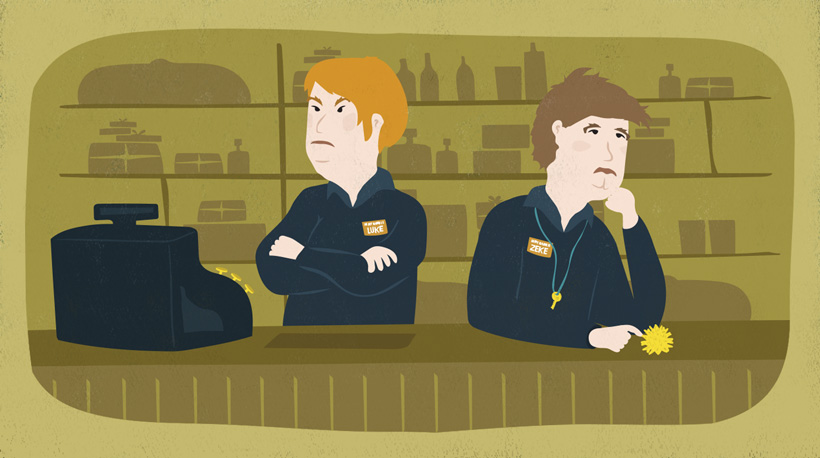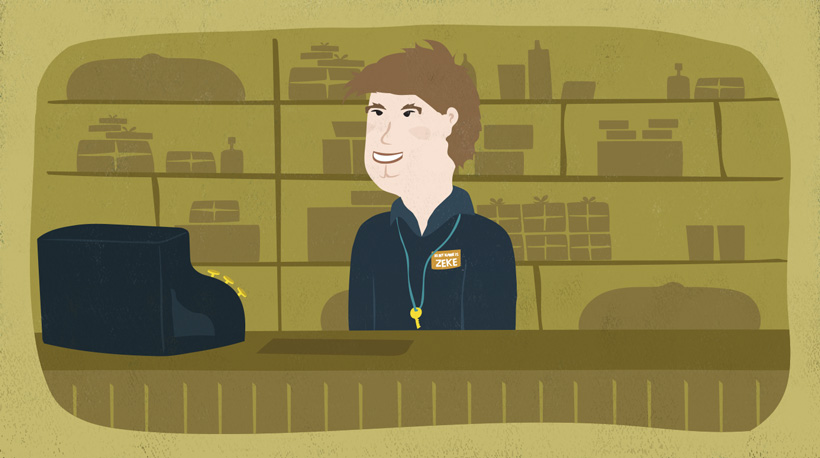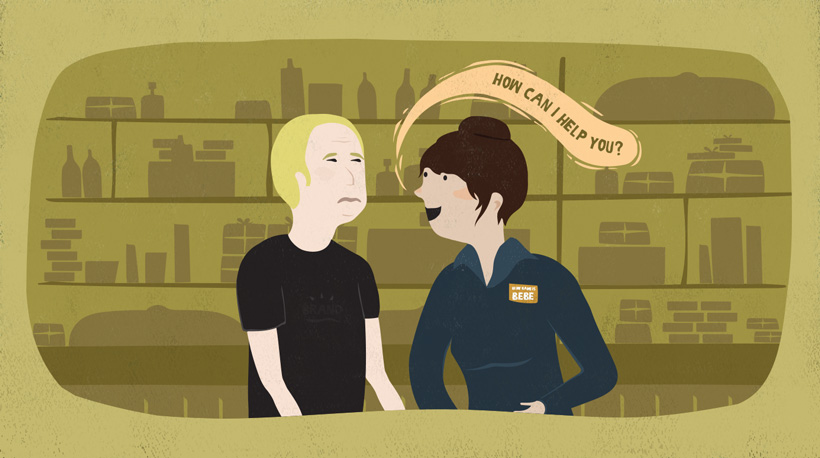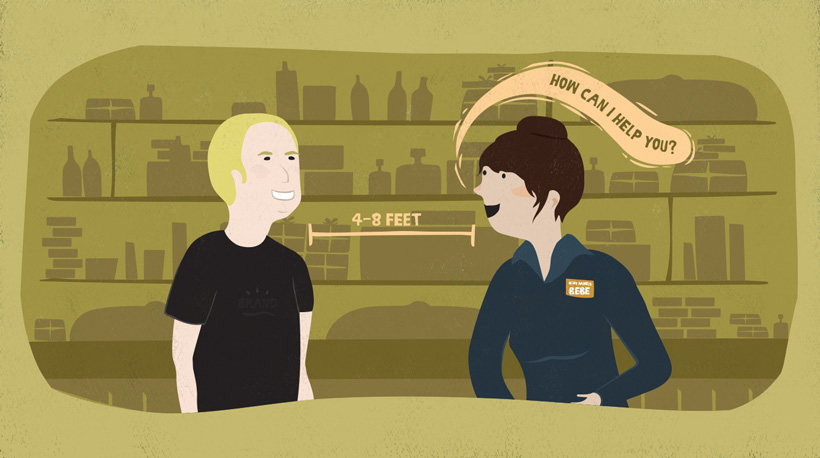Business Communication -
The Power of Body Language

Business Communication
The Power of Body Language



From the smallest movement of your hands to the way you stand, body language is a powerful form of nonverbal communication that most of us express and interpret without thinking twice. But understanding body language and learning how to better present yourself can improve your daily interactions. While body language covers a wide range of human expression, the most crucial aspects are posture, eye contact, and personal space.
Watch the video below to learn more about body language.
This lesson was written from a Western perspective. Because body language varies among cultures, this lesson is not intended to be universal.
When you hear the term body language, you may think about how you hold your body, or posture. The influence of posture cannot be understated, especially because the way you hold yourself can completely change the course of an interaction.
Let’s say you went to the store and needed some assistance. When you walked up to the customer service desk, the two employees looked like this:

Would you feel confident in their ability to serve or respect you as a customer? Would you feel like you held their full attention?
If you feel like the employee on the right may be bored or tired, we don't blame you. By slouching over, he appears fearful or lethargic. Propping his head up on the counter with a dull expression also doesn't help, especially because his attention is occupied by the desk toy.
As for the employee on the left, his arms are crossed, suggesting he's closed off or defensive. His face is scrunched as if he's irritated, and he's turned away like you are not a priority. Even if these two employees said all the right things, their poor posture would undermine every word.
Let’s go back to the customer service desk, after one of the employees gets a few tips on his posture.

How confident would you feel about this employee’s willingness to help? He looks alert, friendly, and ready to give you his full attention, all thanks to good posture. He's standing tall with his back straight and shoulders pulled back while facing you with a smile.
Of course, if someone crosses their arms or slouches, it doesn’t always prove that they feel irritated or fearful. Nevertheless, we instinctively read body language cues and react based on what we see, regardless of the other person’s actual feelings. Stay aware of how you carry yourself, or you could give off the wrong impression.
When speaking with someone face to face, one of the fastest ways to build a personal connection is through eye contact, which is simply looking someone in the eyes during an interaction. Good eye contact shows you’re paying attention, helps you read facial expressions, and often makes you feel and appear more confident.
Although eye contact is a key component of healthy interactions, it doesn’t always come naturally to everyone. If you make poor eye contact, people may assume you’re insecure, bored, or lack the self-confidence to look at them, even if you don’t truly feel this way. This is why we recommend developing your eye contact skills:
Personal space is a simple yet critical part of body language. It's roughly a 4-foot (or 1.2-meter) radius around someone, although it can vary depending on the person. Typically, only family and close friends step within this area, so unless you share a close relationship with the other person, stand around 4 to 8 feet (or 1.2 to 2.4 meters) away as you converse with them. Otherwise, it may cause problems.

If you get too close, the other person may feel uncomfortable or even threatened by your presence, and they may not register your words due to their discomfort. Are they looking away, speaking in short bursts, or backing away from you? If so, you might be too close. Recognizing and respecting personal space will ensure your message isn’t lost due to distance.

Understanding the various aspects of body language can make all the difference in how people perceive you and how you perceive them. Be aware of how you present yourself, and you can say a lot without speaking a word.
/en/business-communication/improve-your-conversation-skills/content/